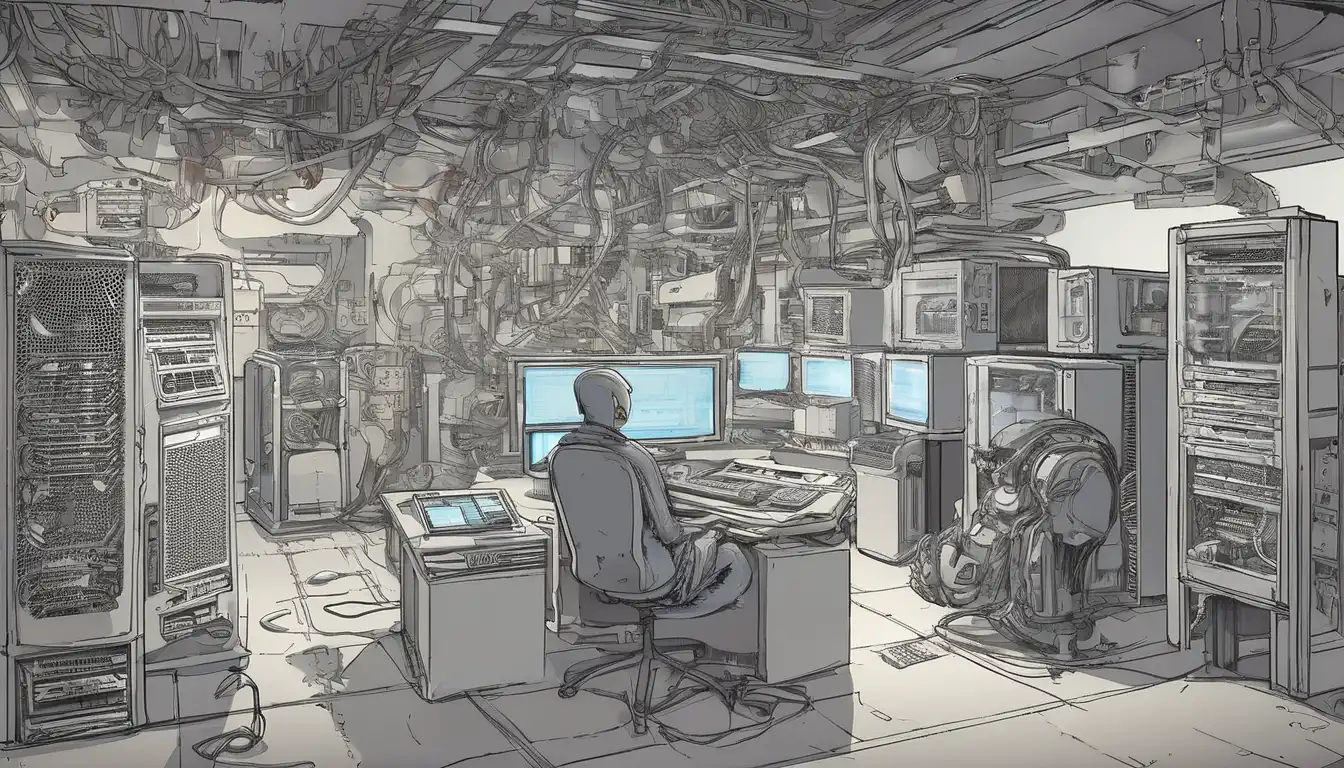Introduction to Computer Component Selection
Building your own computer can be an incredibly rewarding experience, but choosing the right components is crucial for optimal performance and value. Whether you're assembling a gaming rig, workstation, or everyday computer, understanding how each component works together will help you make informed decisions. This comprehensive guide will walk you through the essential factors to consider when selecting computer components for your specific needs.
Understanding Your Computing Needs
Before diving into specific components, it's essential to assess your primary use case. Different applications require varying levels of performance. For gaming enthusiasts, the graphics card and processor take priority, while content creators might prioritize RAM and storage speed. Office users typically need balanced components that handle everyday tasks efficiently. Consider your budget constraints and future upgrade plans when determining your requirements.
Identifying Your Primary Use Case
Gaming computers demand high-performance graphics cards and fast processors to handle modern titles. Workstations for video editing or 3D rendering benefit from multi-core processors and ample RAM. General-purpose computers for web browsing and office applications can utilize more budget-friendly components while still providing excellent performance.
Processor (CPU) Selection Guide
The central processing unit serves as the brain of your computer, handling all computational tasks. When choosing a CPU, consider core count, clock speed, and compatibility with your motherboard. Intel and AMD offer competitive options across various price points. For gaming, focus on single-core performance, while productivity tasks benefit from higher core counts. Check our CPU comparison guide for detailed performance analysis.
Key CPU Considerations
- Core Count: More cores handle multitasking better
- Clock Speed: Higher GHz means faster processing
- Cache Size: Larger cache improves performance
- Thermal Design Power (TDP): Lower TDP means less heat generation
Graphics Card (GPU) Decision Making
Your graphics card determines visual performance in games and creative applications. NVIDIA and AMD dominate the market with offerings ranging from entry-level to enthusiast-grade cards. Consider your monitor's resolution and refresh rate when selecting a GPU. For 1080p gaming, mid-range cards suffice, while 4K gaming requires high-end models. Don't forget to factor in power requirements and physical dimensions for your case.
GPU Selection Factors
VRAM capacity becomes crucial for higher resolutions and texture quality. Ray tracing capabilities add visual fidelity but require more powerful hardware. Consider future-proofing by choosing a card that exceeds your current needs slightly. Our GPU buying guide provides current market recommendations.
Motherboard Compatibility and Features
The motherboard serves as the foundation connecting all components. Ensure compatibility with your chosen CPU socket type and RAM specifications. Consider expansion needs like additional PCIe slots for future upgrades. Features like built-in Wi-Fi, multiple M.2 slots, and robust VRM designs add value but increase cost. Form factor (ATX, micro-ATX, mini-ITX) determines case compatibility and expansion capabilities.
Memory (RAM) Requirements
Random Access Memory affects system responsiveness and multitasking capability. Most users benefit from 16GB of RAM, while gamers and content creators should consider 32GB or more. Pay attention to speed (MHz) and latency timings for optimal performance. Dual-channel configurations provide better performance than single-channel setups. Ensure your motherboard supports your chosen RAM speed and capacity.
RAM Configuration Tips
- Match RAM sticks for dual-channel performance
- Check motherboard QVL for compatibility
- Consider future upgrade paths
- Balance speed with latency for best value
Storage Solutions: SSD vs HDD
Modern builds prioritize Solid State Drives for operating system and application storage due to their speed advantages. NVMe SSDs offer the fastest performance, while SATA SSDs provide excellent value. Traditional Hard Disk Drives remain useful for mass storage of media files and backups. Consider a combination approach: SSD for speed-critical applications and HDD for bulk storage.
Power Supply Unit (PSU) Considerations
Often overlooked, the power supply unit deserves careful consideration. Choose a unit with adequate wattage headroom for future upgrades and peak performance. Look for 80 Plus certification indicating efficiency ratings. Modular designs help with cable management and airflow. Reputable brands offer better reliability and warranty support. Our PSU calculator helps determine your power requirements accurately.
PSU Quality Indicators
Japanese capacitors indicate higher quality construction. Single-rail designs provide better power distribution. Consider the warranty length as an indicator of manufacturer confidence. Avoid skimping on the PSU, as poor quality units can damage other components.
Case Selection and Cooling Solutions
The computer case affects aesthetics, thermals, and build ease. Consider airflow design, included fans, and radiator support for liquid cooling. Size compatibility with your components is crucial—ensure adequate clearance for your GPU and CPU cooler. Cable management features and tool-less design simplify the building process. Proper cooling maintains performance and extends component lifespan.
Putting It All Together: Compatibility Check
Before purchasing, verify component compatibility using online tools or manufacturer specifications. Ensure your CPU cooler fits the case and doesn't interfere with RAM. Check that your power supply has all necessary connectors for your components. Use our compatibility checker to avoid common building mistakes.
Final Assembly Considerations
- Verify physical dimensions fit your case
- Ensure power connectors match component requirements
- Check BIOS compatibility for newer components
- Plan cable routing for optimal airflow
Budget Allocation Strategy
Distribute your budget according to your primary use case. Gamers should prioritize GPU and CPU, while content creators might allocate more to RAM and storage. Avoid overspending on components that won't benefit your specific needs. Consider future upgrade paths when making budget decisions—sometimes spending slightly more now saves money later.
Conclusion: Building Your Perfect System
Choosing the right computer components requires careful consideration of your needs, budget, and future plans. By understanding how each component contributes to overall performance, you can build a system that meets your requirements without unnecessary expenses. Remember that compatibility is key, and quality components from reputable manufacturers provide better longevity and performance. Happy building!
